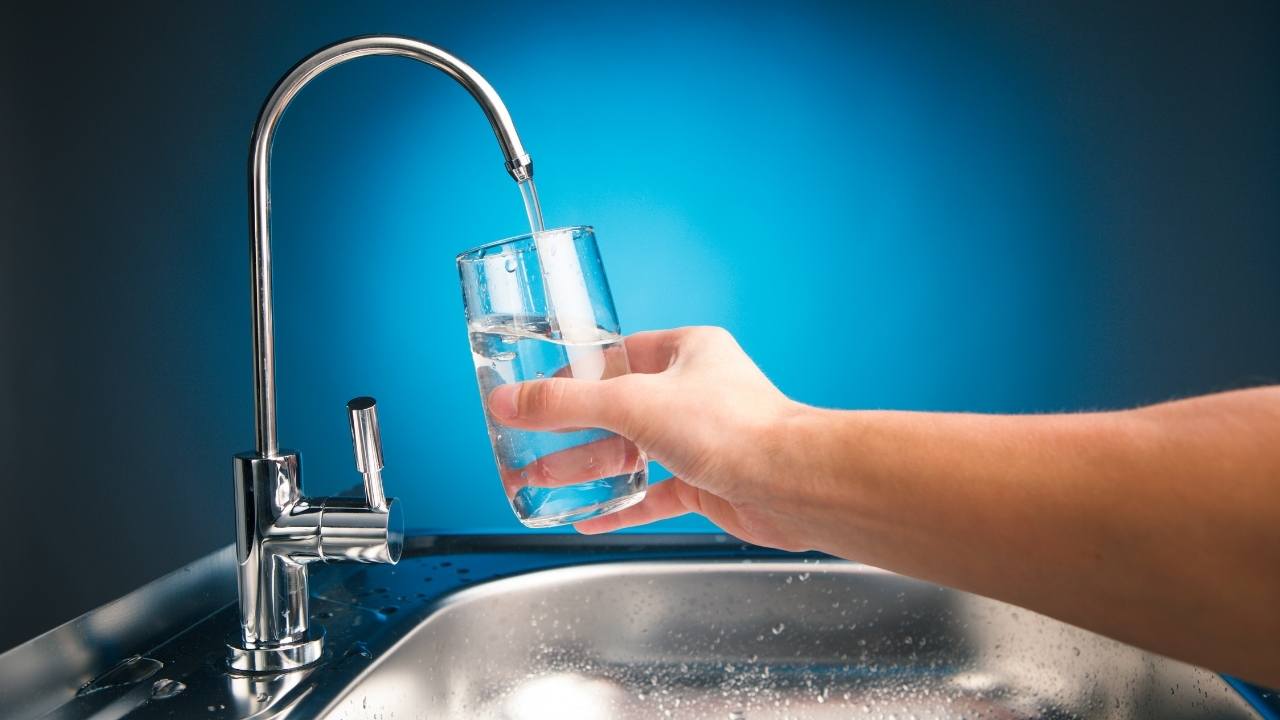
Water testing is a critical step for anyone in the industry — from government organizations trying to regulate waters against environmental and health risks to homeowners ensuring their water is safe. It is also necessary to avoid the legal repercussions of not following regulations.
Many contaminants that pose safety risks are microscopic, tasteless, and odorless, making them difficult to detect without a water test. Several reasons make water testing a necessity.
Health Concerns
Most people take it for granted that water comes from a clean, safe source. However, there are many ways that drinking water can be contaminated, and many of them are very dangerous to our health. It’s important to remember that certain groups of people are more susceptible to the harmful effects of pathogens in their drinking water. These groups include children, older adults, and individuals with weakened immune systems.
A simple water testing called total coliform testing can be used to detect bacterial contamination in drinking water. This test checks for the presence of microscopic bacteria that live in the digestive tracts of warm-blooded animals. If the test results show a high count of these bacteria, harmful germs are likely present in the water, and further action should be taken to ensure that the water is safe to drink.
In addition, chemical tests are often required to measure things such as pH (the concentration of hydrogen ions), acidity levels, and the presence of dissolved minerals or contaminants such as lead and nitrates. It is essential to use a lab certified for performing these tests because do-it-yourself test kits sold in hardware stores often don’t test for all contaminants or provide accurate results.
Safety Concerns
Many contaminants can make their way into drinking water for various reasons, including improper disposal or leaching from wastewater treatment plants. Artificial chemicals like pesticides and fertilizers can enter your water and pharmaceuticals, which can be harmful if consumed in high quantities.
Certain naturally occurring elements can also end up in your water, such as lead from pipes or radon and arsenic from groundwater. A professional water quality tester will identify any such pollutants and recommend the best action to resolve them. Ensuring safe drinking water is paramount, but concerns linger over potential contaminants and the effectiveness of current regulations. Regular drinking water testing remains a crucial safeguard for public health.
Other tests look at specific components of your water, such as coliform bacteria, pH levels, sodium, chloride and nitrates, iron, manganese, sulfates, and water hardness. However, a positive test result doesn’t mean that you have to purchase bottled water immediately. There are still plenty of ways to improve the water in your home, such as installing a water filter or using a water softener.
Economic Concerns
Many people think they drink safe water, especially those who use public utilities, but this isn’t always the case. For those who live in homes with private wells, the water needs to be regulated by the same guidelines that protect municipal water supplies. This means that you must test the water yourself, or you could be drinking contaminants without knowing it!
Many contaminants are microscopic, tasteless, and colorless, which is why testing is so important. A simple water test can check for the presence of bacteria, viruses, iron, pH levels, and other physical parameters.
Additionally, it’s often necessary to test water quality for specific purposes, such as irrigation, livestock watering, or chemical spraying. This ensures that the water is suitable for its intended use and will not pose a health risk if ingested. In addition, a regular water test can detect radioactive minerals like radium, which can cause cancer in those who consume it over long periods.
Environmental Concerns
Water tests are used to identify both natural and artificial contaminants that can contaminate drinking water. While some of these contaminants are not harmful in small doses, they can cause serious health problems in large amounts. This is why it is essential to test drinking water regularly.
Many different water tests can be performed depending on the unique needs of each water source. These include pH, acidity, iron content, nitrates, phosphates, dissolved oxygen, and bacteria.
For example, a pH level 7.0 is ideal for most drinking water. However, if your water has a low pH level, this can cause corrosion of pipes and other appliances. Other tests look for contaminants such as lead, arsenic, mercury, radium, and atrazine in your drinking water. These chemicals are often found in natural mineral deposits, sewage, or land use practices. Some contaminants can also be carried by rainfall or snowmelt into lakes and streams, where they can percolate into aquifers.
Exploring Water Quality Testing Methods
Water quality testing is a critical step for anyone in the industry, ensuring the safety and purity of drinking water. From government organizations regulating waters against environmental and health risks to homeowners safeguarding their water sources, the necessity of water testing cannot be overstated.
Understanding water quality involves a range of tests and analyses, collectively known as water quality testing methods. These methods are essential for detecting contaminants that pose health risks, especially those that are microscopic, tasteless, and odorless. In this article, we will delve into the significance of water testing and explore various water quality testing methods employed to guarantee the quality of your drinking water.





